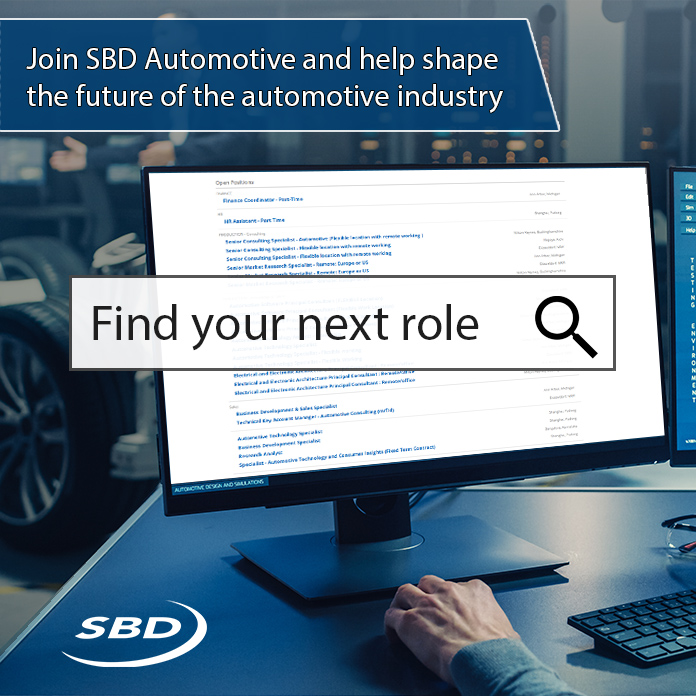Hyundai Mobis announced that the company developed the Integrated Communication Controller, which enables real-time communication of various vehicle information with other vehicles or infrastructure through external communication networks.
It succeeded in localizing the core connected car technology that connects vehicles, people, things and infrastructure with high-speed communication networks. It is expected that various kinds of vehicle and driver data will be utilized to apply a wider range of services that provide safety and convenience.
The Integrated Communication Controller, developed by Hyundai Mobis, connects various Electronic Control Units (ECU) mounted on the vehicle, e.g. the powertrain, multimedia, airbags and brake systems, through wired communication to collect and analyze various kinds of vehicle operation data in real time. It can process large amounts of data, including the data from various sensors like radars, lidars and cameras, and autonomous driving-related data.
It also communicates this information with the outside through full-time wireless network connectivity. It can also implement various connected car services, such as remote vehicle control and automatic update of the software of various systems, and functions like eCall which automatically transmits accident information in case of an emergency.
- Expanding connectivity through convergence between automotive and information technology
The connected car, a smart mobility device is expected to greatly change the future driving environment, recently evolving in diverse directions.
As a representative example, the software of various in-vehicle systems is automatically updated so that the driver can always keep in-vehicle software up-to-date during their ownership of the vehicle without having to pay any extra attention. The errors of existing software can be corrected, and new functions and technologies can be applied to the vehicle in real time.
It is expected to improve the performance of the vehicle through the ECU updates in the vehicle, e.g. the safety, convenience and powertrain, and enhance the energy efficiency of electric vehicles by improving the software of the BMS (Battery Management System), drive motors and regenerative braking system.
It will be possible to collect and accumulate the operation data necessary for autonomous driving and high-definition maps, e.g. information on various incidents likely to occur during driving and steering information. It will then make it possible to analyze AI-based real-time traffic information to inform the driver of the best route and provide parking space information of the destination. It will also be possible to use the connected technology to implement various auxiliary functions for safe driving, e.g. real-time high-definition map update, work-zone-avoidance driving and avoiding collision with a vehicle in front of a preceding vehicle that stops suddenly.
Detailed vehicle data, including the status of the powertrain of the vehicle, fuel efficiency and driving habits, can be used not only to diagnose failures in real-time, but also implement an open service ecosystem, e.g. integrated parking reservation, driving habit-linked insurance, smart home connection solutions and AI support.
Hyundai Mobis is concentrating on developing new technologies that combine its existing core component technologies, e.g. braking and steering, autonomous driving sensor technologies and integrated control technologies, to get ready for this market. The company is planning to leverage this new convergence technology to provide future car technology solutions, represented by autonomous driving and connected cars.
































